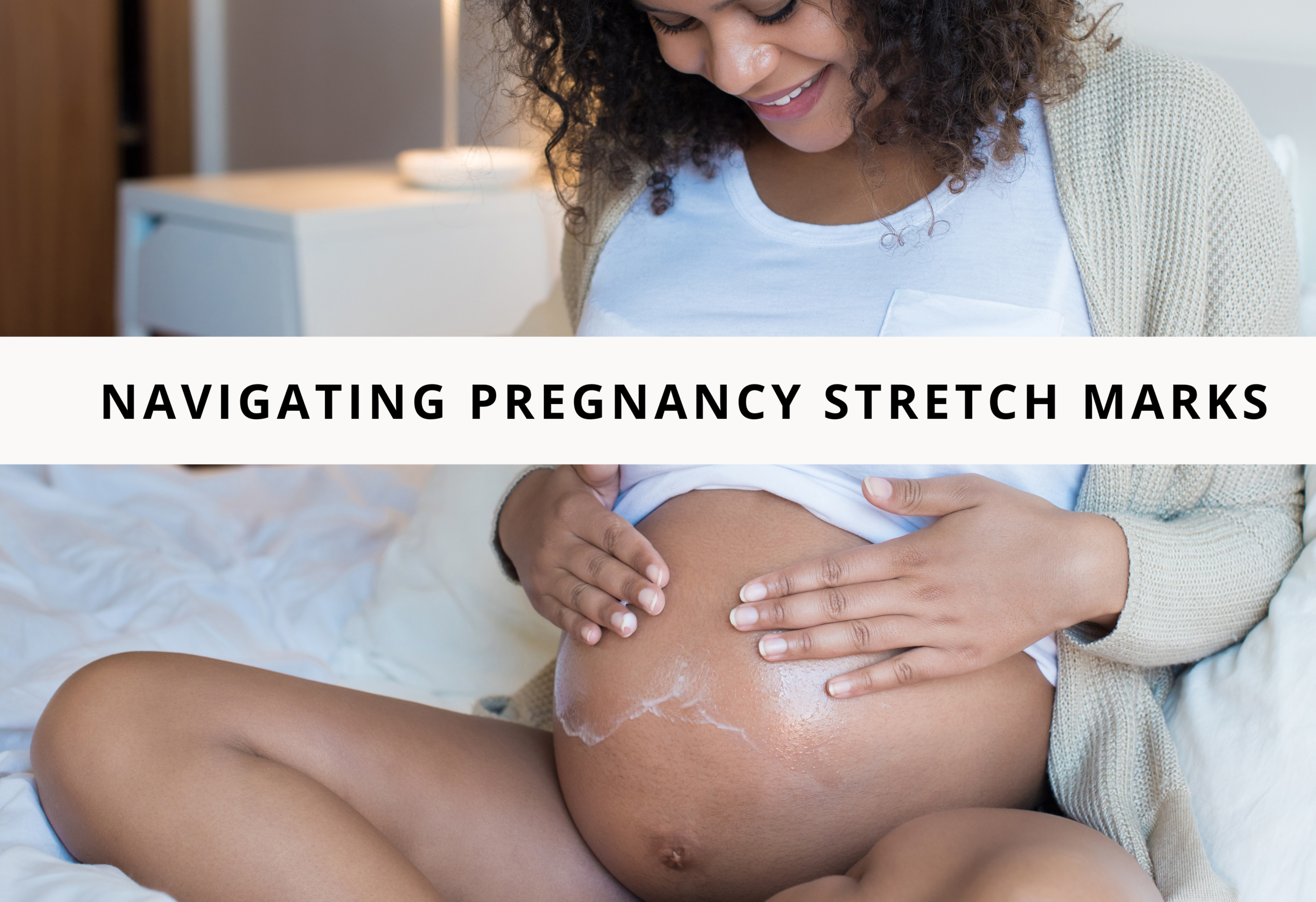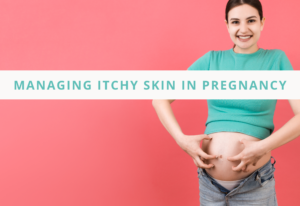Navigating Pregnancy Stretch Marks
Stretch marks, or striae gravidarum, are a common feature of pregnancy, appearing on the abdomen, hips, thighs, and breasts of 55–90% of pregnant individuals. Often emerging in the mid to late second trimester, these pink, red, or sometimes purplish lines can be a source of cosmetic concern, though they’re a natural part of the pregnancy journey for many.
Understanding Pregnancy Stretch Marks
The exact cause of stretch marks during pregnancy is not fully understood, but they result from a combination of genetics, the mechanical stretching of the skin, and hormonal factors, particularly changes in structural connective tissue and collagen fibers. Lower levels of serum relaxin, a hormone associated with pregnancy, have been linked to a higher occurrence of striae gravidarum. Interestingly, there’s no direct correlation between the degree of body enlargement and the formation of stretch marks, highlighting the significant role hormones play in their development.
Embracing The Changes
Although the development of stretch marks is largely beyond one’s control, adopting a nurturing skincare routine can improve your comfort and skin’s appearance during pregnancy. It’s also essential to remember that these marks are a testament to the incredible journey your body is undergoing. With time, stretch marks typically fade to less noticeable flesh-colored lines, becoming a subtle reminder of the life you nurtured.
How to Manage Pregnancy Stretch Marks
Hydration and Nutrition: Keeping your skin hydrated from the inside out is crucial. Drinking plenty of water and maintaining a balanced diet rich in vitamins and minerals can support skin health.
Moisturize: Regular application of emollient creams can alleviate itching and dryness associated with stretching skin, making it feel more supple and comfortable.
Gentle Massage: Applying creams or oils with a gentle massage can improve circulation to the skin, potentially aiding in its elasticity. Bonus, you can add lavender oil to your massage oil for added benefits. Learn more about how to use Essential Oils in pregnancy here. Products like Trofolastin® have shown some success in reducing stretch marks by purportedly increasing elastin and collagen fibers.
Avoid Harsh Treatments: While many cosmetic products claim to prevent or treat stretch marks, evidence supporting their effectiveness is limited. Natural oils (e.g., olive oil, castor oil) and emollients are safer options, though they may not prevent stretch marks entirely.
When To Call The Midwife
While stretch marks are generally a cosmetic issue, it’s important to communicate any significant skin changes or concerns with your midwife, especially if you experience:
- Severe itching or skin irritation that doesn’t improve with lotion or body oil.
- Concerns about the potential impact of stretch marks on perineal tearing during birth, as existing striae may indicate variations in the skin’s elasticity.
FAQs About Pregnancy Stretch Marks
- Why do stretch marks occur during pregnancy? Stretch marks, or striae gravidarum, occur due to a combination of factors including genetic predisposition, hormonal changes, and the physical stretching of the skin as your body grows to accommodate the developing baby. Specifically, changes in structural connective tissue and collagen fibers under the influence of pregnancy hormones like estrogen and relaxin contribute to the formation of these marks.
- Can I prevent stretch marks from appearing during my pregnancy? While genetics and hormonal factors play a significant role in the development of stretch marks, making them difficult to prevent entirely, maintaining healthy skin can help minimize their appearance. Staying hydrated, eating a balanced diet rich in vitamins and minerals, and regularly moisturizing your skin can keep it supple and may reduce the severity of stretch marks.
- Are certain areas of the body more prone to stretch marks? Yes, stretch marks commonly appear in areas where the skin is subject to rapid stretching and has a high concentration of fat deposits. During pregnancy, this typically includes the abdomen, hips, thighs, and breasts. The extent and location can vary greatly among individuals.
- Do stretch marks go away after pregnancy? While stretch marks fade over time, becoming less noticeable, they do not disappear completely. After pregnancy, they gradually change from pink, red, or purplish lines to smaller, flesh-colored streaks. The degree to which they fade can vary, but they become significantly less conspicuous.
- Are there any effective treatments for reducing the appearance of stretch marks? Moisturizing creams, especially those designed to enhance skin elasticity, can help reduce itching and dryness and may make the skin feel more comfortable. Products containing ingredients like hyaluronic acid, glycolic acid, and centella asiatica are thought to improve skin appearance. Some studies suggest that products like Trofolastin® may help in reducing stretch marks by increasing collagen and elastin fibers in the skin. However, it’s important to approach all treatments with realistic expectations and to consult with a healthcare provider before starting any new product, especially during pregnancy.
Additional Resources about Pregnancy Stretch Marks
- Stretch marks in pregnancy from The National Health Service
- Risk factors for the development of striae gravidarum
- What causes stretch marks during pregnancy? from ACOG




